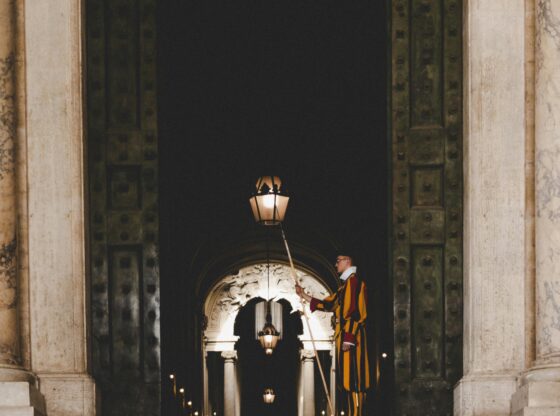Standing resplendent in their striped Renaissance uniforms, the Swiss Guard are more than just ceremonial sentinels of the Vatican. They are the last line of defense for the world’s smallest sovereign state, a living relic of tradition fused with modern security precision. The Vatican Swiss Guard history stretches back over five centuries, intertwining with papal survival, political intrigue, and unshakable loyalty. But what exactly do these elite protectors do beyond their photogenic poses? Delving into Swiss Guard recruitment requirements, Swiss Guard uniform symbolism, the Role of the Swiss Guard at the Vatican, and Swiss Guard training and duties reveals a complex tapestry of faith, discipline, and razor-sharp readiness.
A Legacy Forged in Blood and Loyalty
The Swiss Guard’s origins are steeped in battlefield valor. Founded in 1506 by Pope Julius II, their reputation as fearless warriors was cemented during the Sack of Rome in 1527, when 147 guards died defending Pope Clement VII. This bloody baptism solidified their role as the Pope’s personal protectors—a duty they uphold with unwavering devotion today. Their motto, “Acriter et Fideliter” (With Courage and Fidelity), isn’t just a slogan; it’s a blood oath.
More Than Stripes and Halberds
To the untrained eye, the Swiss Guard’s attire—vibrant blue, red, and gold—might seem like a theatrical costume. But every element of the Swiss Guard uniform symbolism is deliberate. The colors echo the Medici family, the plumed helmet signifies rank, and the armor is a nod to their martial heritage. Yet beneath the Renaissance pageantry lies cutting-edge body armor and weaponry. These men are not reenactors; they are highly trained operatives blending tradition with tactical necessity.
The Rigors of Selection and Service
Swiss Guard recruitment requirements are exacting. Candidates must be Swiss, male, Catholic, and aged 19-30. A spotless criminal record and completed military service in Switzerland are non-negotiable. But physical prowess alone isn’t enough. Psychological resilience, moral integrity, and a deep commitment to the Church are scrutinized. Only about one-third of applicants make the cut.
Once accepted, recruits endure grueling Swiss Guard training and duties. Martial arts, marksmanship, counterterrorism tactics, and emergency response drills are standard. They master crowd control, threat assessment, and even first aid—because protecting the Pope means anticipating chaos in any form.
Guardians of the Sacred and the Secret
The Role of the Swiss Guard at the Vatican extends far beyond standing statue-still for tourists. They are the Pope’s shadow, his human shield. Whether during public appearances, diplomatic receptions, or private Mass, their presence is constant and calculated. They secure entrances, screen visitors, and coordinate with Italian and Vatican police to neutralize threats before they materialize.
Yet their duties also veer into the sacred. They assist in liturgical ceremonies, escort cardinals during conclaves, and stand vigil over the Apostolic Palace. Their role is paradoxical: both warrior and worshipper, enforcer and escort.
The Silent Vigil
While the world admires their photogenic drills, the Swiss Guard’s most critical work happens unseen. Intelligence gathering, cybersecurity, and close protection details dominate their unseen hours. They are fluent in the art of discretion, their loyalty sealed by a vow of silence. What happens within Vatican walls stays there—forever.
The Swiss Guard are not mere relics. They are a living fortress, an elite corps where history and hyper-vigilance collide. Their halberds may be ceremonial, but their resolve is lethally real.


